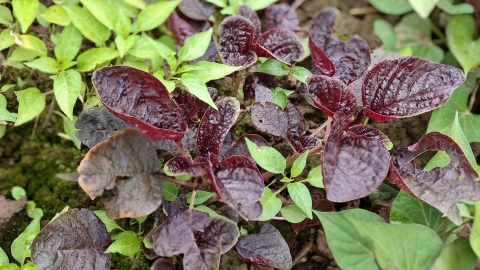Can amaranth and bitter melon be eaten together?
Generally speaking, amaranth and bitter melon can be eaten together, but should not be consumed in excess. The details are as follows:

Amaranth and bitter melon are both common vegetables in daily life and each contains abundant nutrients, including vitamins, minerals, and dietary fiber. In general, cooking or consuming amaranth and bitter melon together does not produce toxic or harmful substances, nor do their components conflict or interfere with nutrient absorption. Therefore, from the perspective of food properties and nutritional components, amaranth and bitter melon can be consumed together. When cooked together, the mild sweetness of amaranth can neutralize the bitterness of bitter melon, thereby improving the taste.
Consuming amaranth and bitter melon together offers various health benefits. However, excessive consumption of most foods can burden the body, and amaranth and bitter melon are no exceptions. According to traditional Chinese medicine theory, both amaranth and bitter melon are cold-natured foods, and excessive consumption may cause abdominal pain and diarrhea. Additionally, special attention should be paid by certain populations—for example, patients with kidney stones. Amaranth contains relatively high levels of oxalic acid, which may worsen the condition of individuals with kidney stones.
While enjoying food in daily life, it is important to develop reasonable, scientific, and balanced dietary habits, ensure adequate sleep, and incorporate appropriate physical activity to promote overall health.





